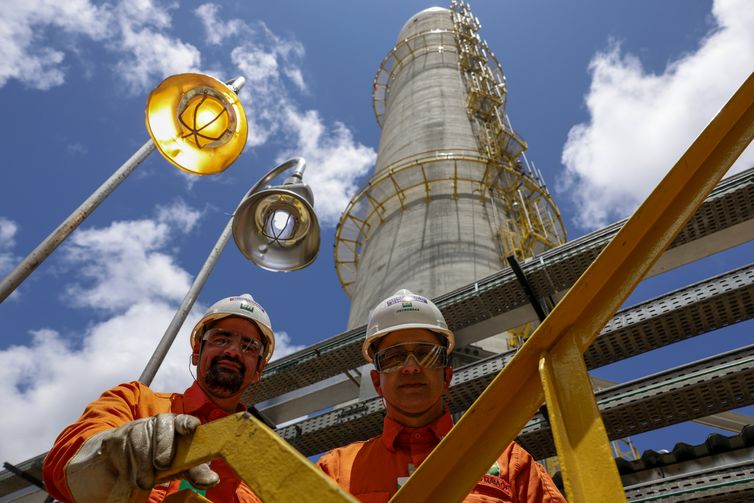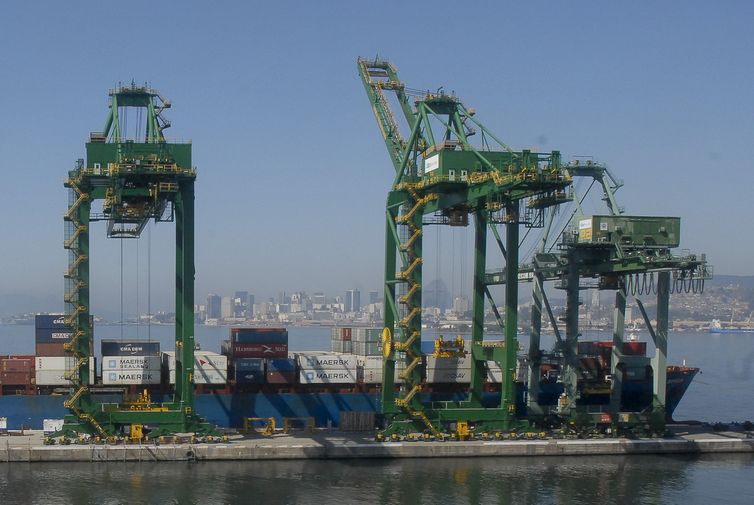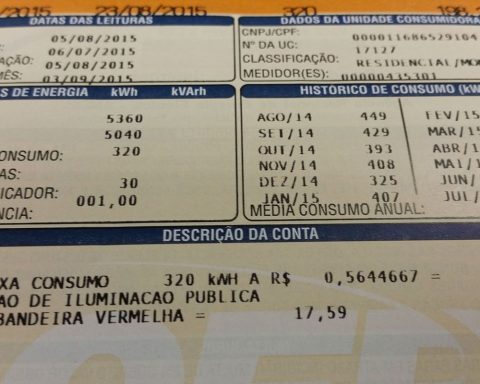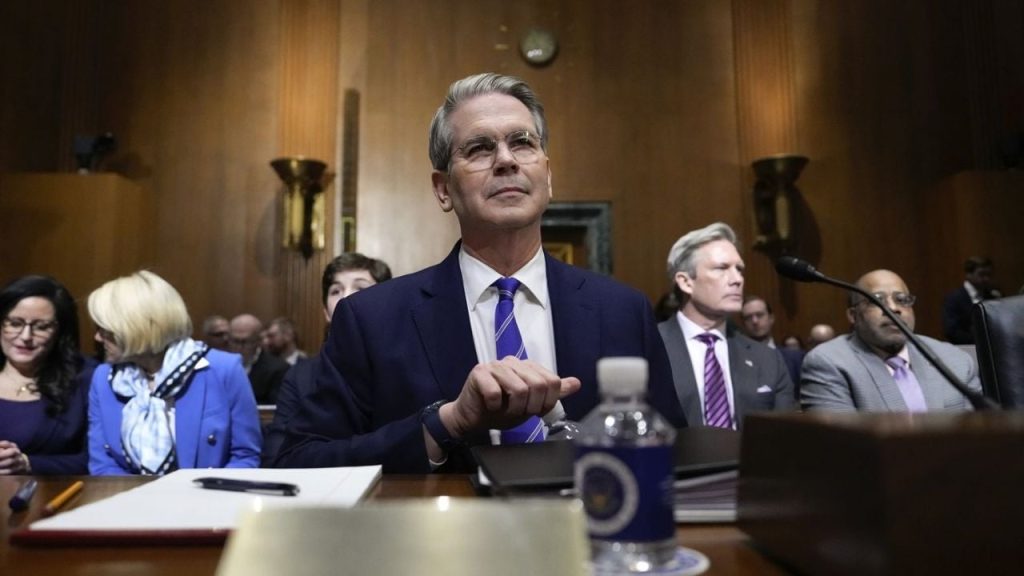The Brazilian economy was stagnant from January to February and has deceleration indicators in recent months. The finding is part of the GDP monitor, a monthly study prepared by the Brazilian Institute of Economics (IBRE) of FGV (Getulio Vargas Foundation), released on Monday (14).
The survey estimates the behavior of Gross Domestic Product (GDP), set of all goods and services produced in the country, and serves as a prior official data, released quarterly by the Brazilian Institute of Geography and Statistics (IBGE).
The February performance (0%) is that it is that it is excluded variations caused by the time of year when the data was gathered, so that it is possible to compare different periods.
Already compared to the same month of 2024, growth of 2.7%was identified. In the accumulated 12 months, there was a 1.1% increase in GDP.
Internal and external motives
Economist Juliana Trece, coordinator of the study, points out that stagnation in February compared to January is explained by the fact that growth in industry and investments were annulled by retractions in consumption, agriculture and exports. The service sector was stagnant in the month.
“These results show that, despite some positive highlights, there is loss of strength in the economy, with retractions in important components of GDP,” he says.
However, she points out that “Despite a challenging context, with greater external uncertainty and a tendency to increase the internal interest rate, the Brazilian economy did not record retraction.”.
In the external scenario, the main concern is the tariff war triggered by US President Donald Trump, which mainly affects China, but also provides import tariffs against other countries.
In the case of Brazil, there will be a minimum rate of 10% in most exported items. Steel and Aluminum will pay 25%. For China, the charge exceeds 100%, as it was mirrored by the Chinese government.
>>> Know the law passed by Brazil to respond to fees
Fighting inflation
In the internal scenario, the Central Brazil Monetary Policy Committee (BC) has continued, since September, in the trajectory of elevation of the basic interest rateSelic, in an attempt to contain inflation. In addition to the discharge in March, the Copom signaled that it will raise the rate “less magnitude” at the May meeting. The committee meets every 45 days to deliberate on the rate.
In 12 months, inflation measured by the National Consumer Price Index (IPCA), released last Friday (11) by IBGE, accumulates 5.48%above the ceiling of the Government goal – of 4.5%, already counting 1.5 percentage point (PP) of tolerance. It is also the largest level since February 2023, when it reached 5.60%.
With higher interest rates, credit gets more expensive, consumers tend to spend less; and entrepreneurs, containing investments. The result is the discouragement of the economy, which proposes to be a brake on inflation.
Sectors
In the period ended in February, Family consumption grew 2.7% over the same period of the previous year. In the mobile quarter ended in November, the increase had been 4.8%.
Gross Fixed Capital Formation (FBCF), an indicator that represents the appetite of entrepreneurs for investments, rose 8.2% in the mobile quarter ended in February, losing strength compared to the previous period. In September, October and November 2024, the expansion had been 10%.
Exports ended February with a retreat of 2.8% in the 12 -month accumulated. In November there was a high of 2.7%. The negative performance of exports of agricultural products and mineral extraction industry was the main factor responsible for the retraction.
In monetary terms, FGV calculates the country’s GDP at R $ 2.203 trillion.
Official result
The GDP monitor is one of the studies that serve as a thermometer of the Brazilian economy. Another survey is The Central Bank Economic Activity Index (IBC-BR)released last Friday (11), which pointed to expansion of 0.4% in the passage from January to February and 3.8% in 12 months.
The official result of GDP is presented quarterly by the Brazilian Institute of Geography and Statistics (IBGE). Scheduled for May 30, the next disclosure will bring data from the first quarter of 2025.


















